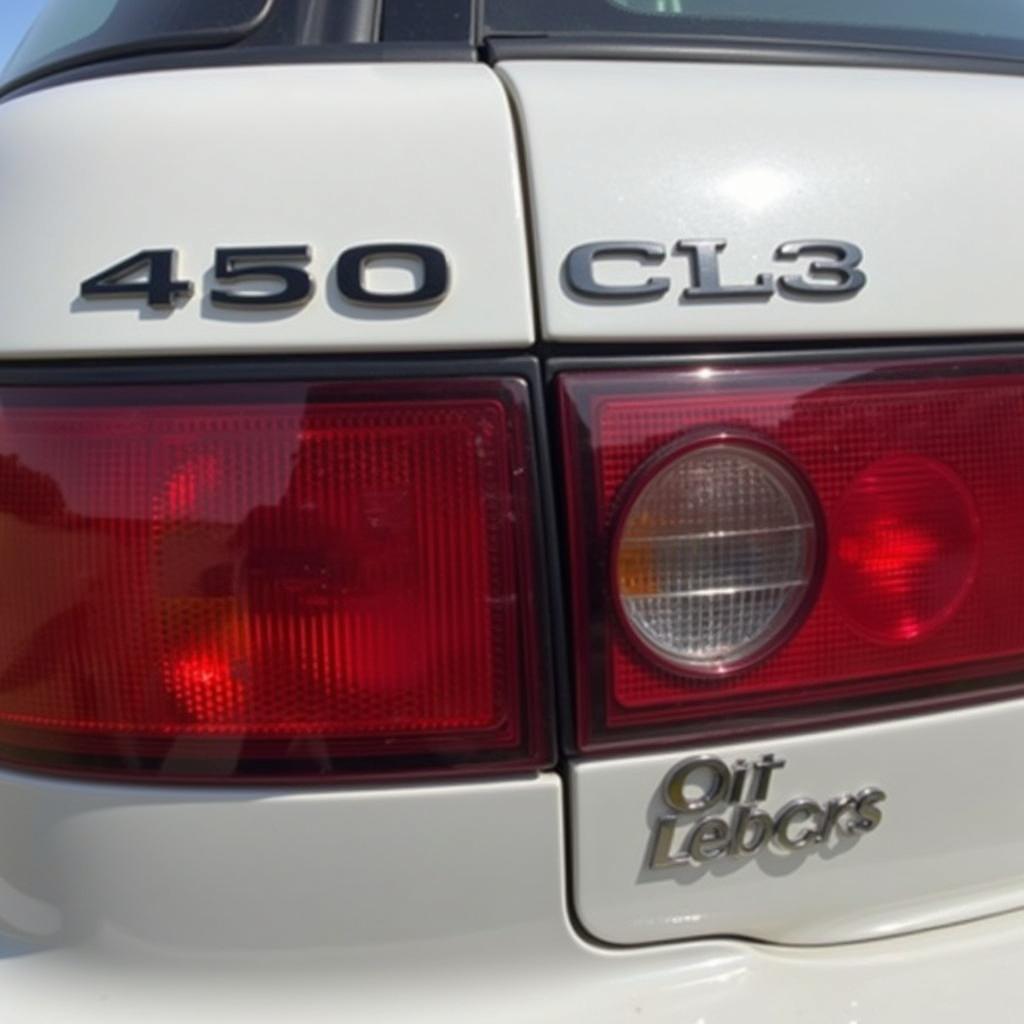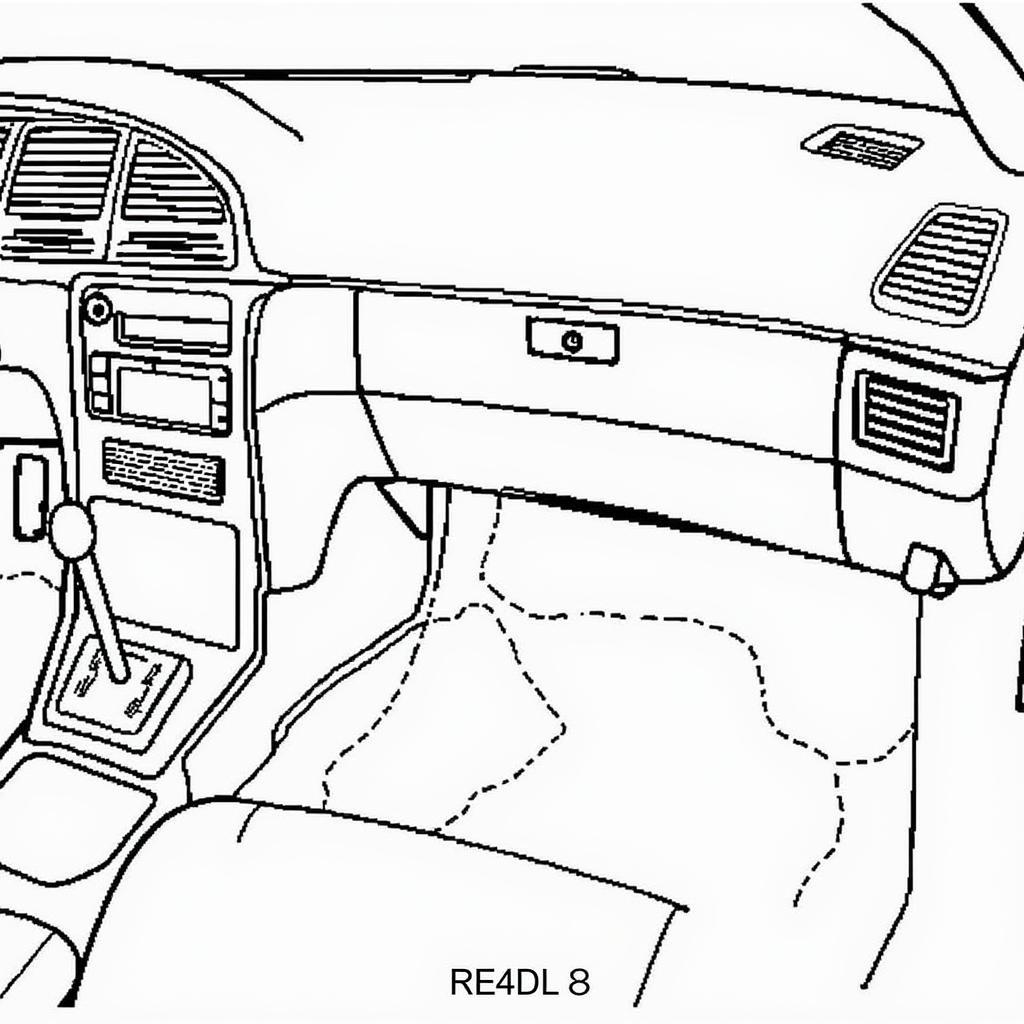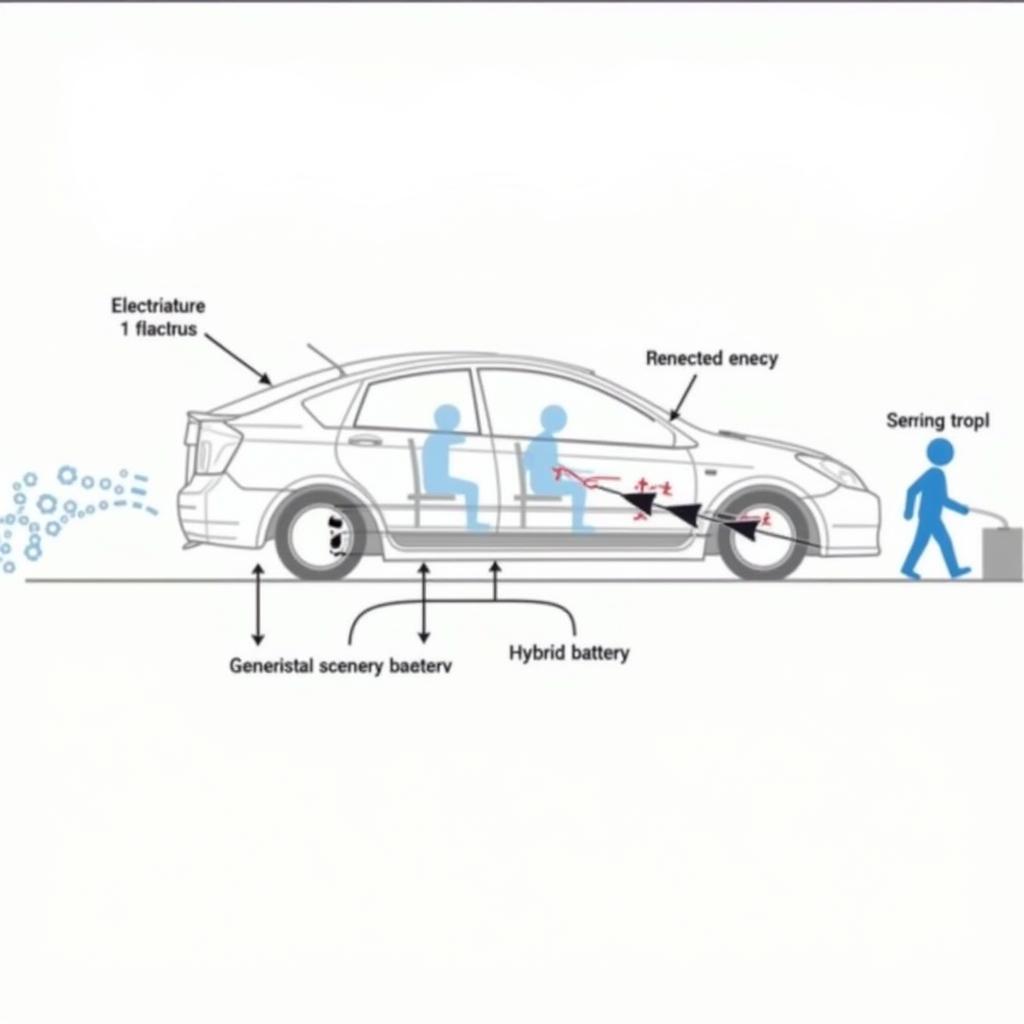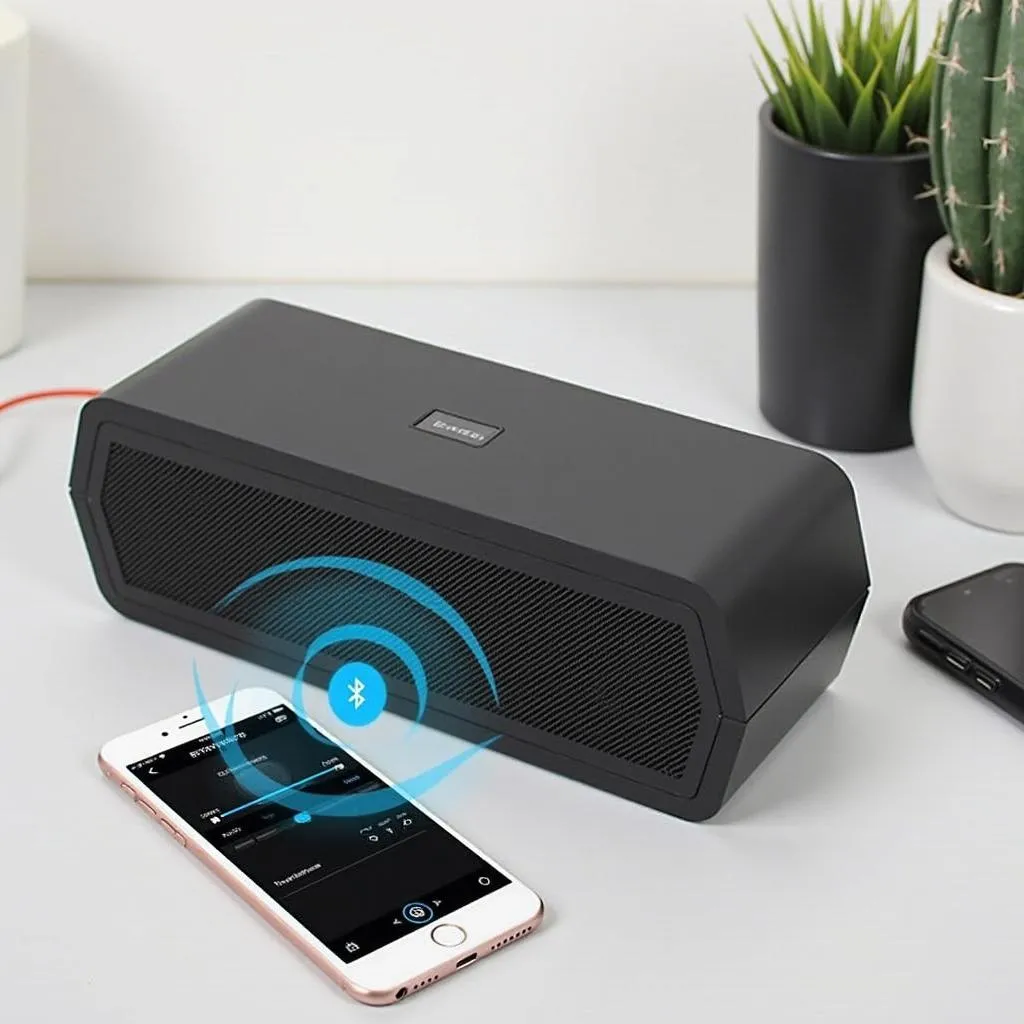Experiencing a “rear inside brake light warning” on your 1994 Honda Accord? This issue can be frustrating, especially if you’re unsure of the cause. Don’t worry, this guide will walk you through common causes and solutions to get your brake lights working properly again.
Understanding the Warning
The “rear inside brake light warning” on your dashboard indicates a problem with one or more of your brake lights. This warning specifically points to the inside brake light, which is usually located in the center high mount stop lamp (CHMSL).
Common Causes of a Rear Inside Brake Light Warning (94 Accord)
Several factors can trigger this warning in your 1994 Accord. Here’s a breakdown of the most likely culprits:
- Burnt Out Bulb: The most frequent cause is simply a burnt-out brake light bulb. Over time, the filament inside the bulb can wear down and break, interrupting the electrical circuit.
- Faulty Wiring: The wiring harness that connects to your brake lights can become damaged or corroded, leading to a poor connection. This is especially common in older vehicles like the 94 Accord.
- Blown Fuse: A blown fuse in your Accord’s fuse box can disrupt the power supply to your brake lights.
- Faulty Brake Light Switch: The brake light switch, located under the brake pedal, activates your brake lights when you press the pedal. If it malfunctions, your brake lights might not function correctly.
- Damaged CHMSL: The center high mount stop lamp itself could be damaged, especially if there has been a rear-end collision or exposure to the elements.
 1994 Honda Accord Rear Brake Light Location
1994 Honda Accord Rear Brake Light Location
Troubleshooting the Rear Inside Brake Light Warning
Before you start, ensure your car is parked on level ground and the engine is off.
-
Check the Bulb: Open the trunk and locate the rear inside brake light bulb. Carefully remove the bulb socket and inspect the filament. If the filament is broken, the bulb needs replacing.
- Tip: Consider replacing both brake light bulbs simultaneously, even if only one is burnt out. This ensures even illumination and can save you time down the road.
-
Inspect the Wiring: Visually inspect the wiring harness that connects to your rear inside brake light. Look for any signs of damage, such as fraying, cracking, or corrosion. If you find any damage, the wiring harness will need to be repaired or replaced.
-
Check the Fuse: Consult your owner’s manual to locate the fuse box and identify the correct fuse for your brake lights. Using a fuse tester or by visually inspecting it, determine if the fuse is blown. Replace a blown fuse with a new one of the same amperage.
- Caution: Never replace a blown fuse with one of a higher amperage, as this could damage your electrical system.
-
Test the Brake Light Switch: The brake light switch is located under the dashboard, near the brake pedal. You can test the switch by depressing the brake pedal and having someone observe if the brake lights illuminate. If the lights do not come on, the switch may need to be adjusted or replaced.
- Note: Testing the brake light switch may require assistance from a second person or a professional mechanic.
 1994 Honda Accord Brake Light Switch Location
1994 Honda Accord Brake Light Switch Location
- Examine the CHMSL: Inspect the CHMSL for any visible cracks, damage, or loose connections. If the lens is cracked or the housing is damaged, the entire unit might require replacement.
Still Having Issues?
If you’ve followed these steps and your rear inside brake light warning persists, it’s best to seek professional help. A qualified mechanic can diagnose and resolve more complex electrical problems within your 1994 Honda Accord.
Rear Inside Brake Light Warning (94 Accord): FAQs
Q: Can I drive with a rear inside brake light warning?
A: While your car may still be drivable, it’s highly discouraged. A malfunctioning brake light poses a safety risk, as other drivers may not be aware when you’re braking.
Q: How much does it cost to fix a rear inside brake light?
A: The cost varies depending on the cause. A simple bulb replacement is inexpensive, while repairing a damaged wiring harness or replacing the brake light switch can be more costly.
Q: Can I replace the brake light bulb myself?
A: Yes, replacing a brake light bulb is a straightforward process. Consult your owner’s manual for specific instructions for your 1994 Honda Accord.
Q: Where can I buy replacement parts for my 1994 Honda Accord?
A: You can find replacement parts at auto parts stores, dealerships, or online retailers.
Q: What is the best type of brake light bulb for my 94 Accord?
A: Refer to your owner’s manual for the recommended bulb type and wattage. Using the correct bulb ensures optimal performance and prevents electrical issues.


